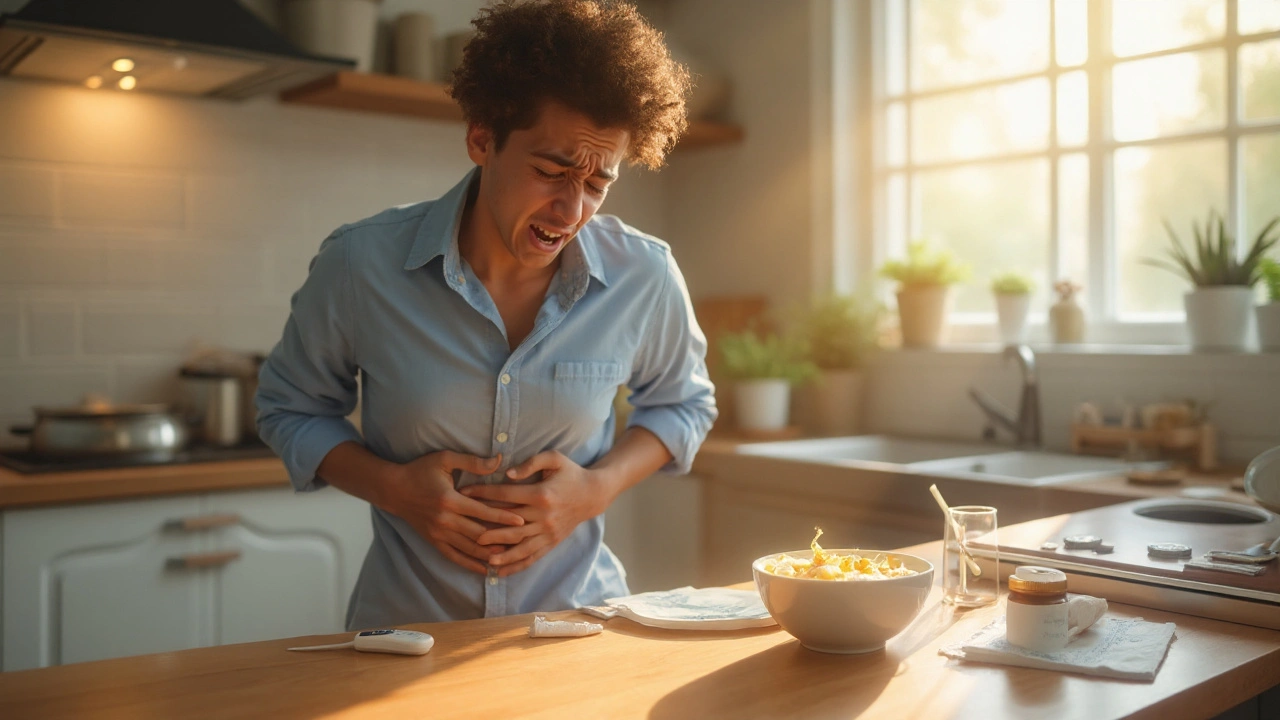Stool Test: What It Is and Why It Matters
If you’ve ever been asked to hand over a poop sample, you might wonder what doctors are looking for. A stool test, also called a fecal exam, checks the material that exits your gut for signs of infection, inflammation, bleeding, or nutrient issues. It’s a quick window into your digestive health and can catch problems before they flare up.
Common Types of Stool Tests
There isn’t just one stool test. Labs offer several panels, each targeting a different concern.
- Occult blood test – looks for hidden blood that can signal ulcers, polyps, or colorectal cancer.
- Stool culture – grows bacteria, viruses, or parasites to identify infections like Salmonella or Giardia.
- Fecal calprotectin – measures an immune protein that rises with inflammatory bowel disease (IBD).
- Ova and parasites (O&P) exam – spots tiny parasites that cause chronic diarrhea.
- Comprehensive gut microbiome analysis – uses DNA sequencing to map the bacteria living in your gut.
Your doctor will pick the test that matches your symptoms. If you’re dealing with unexplained weight loss, abdominal pain, or persistent diarrhea, odds are a stool test is on the order.
How to Prepare for a Stool Test
Good prep makes the sample reliable. Here’s a simple checklist:
- Follow any diet restrictions. Some tests ask you to avoid red meat, certain vitamins, or iron supplements for a couple of days because they can skew results.
- Skip the bowel‑cleansing prep unless you’re scheduled for a colonoscopy. For most stool tests, a normal bowel movement is fine.
- Collect the sample in the container provided. Use a clean scoop, avoid urine or toilet water, and seal it tightly.
- Label the container with your name, date, and time of collection. A clear label prevents mix‑ups at the lab.
- Get the sample to the lab quickly, usually within 24‑48 hours. If you can’t deliver it right away, store it in the fridge (not the freezer).
Don’t worry if the sample looks odd – the lab can handle a range of consistencies. Just make sure you follow the written instructions, because they’re tailored to the specific test you’re taking.
Once the lab finishes, you’ll get a report. Positive for blood? That could mean a lesion that needs a colonoscopy. A high calprotectin level? Your doctor may order an endoscopy to check for IBD. If a pathogen shows up, you’ll get a prescription for the right antibiotic or antiparasitic medication.
Remember, a stool test is a piece of the puzzle. Combine the results with your symptoms, diet, and any other labs to get a full picture of gut health. If anything looks off, ask your clinician for next steps – they might suggest repeat testing or a different type of exam.
Bottom line: stool tests are low‑risk, low‑cost tools that can catch hidden issues early. By following simple prep steps and understanding what each test looks for, you’ll make the process smoother and get clearer answers about your digestive system.
- July 30 2025
- 8 Comments
- Daryl Gardner
Severe Stomach Pain: How It Flags Gastroenteritis, Diagnosis & Relief
Explore why intense stomach pain often signals gastroenteritis, learn to spot the signs, get accurate diagnosis tips, and find effective home and medical treatments.
- Health & Medicine (103)
- Health & Nutrition (8)
- Caregiving & Dementia (2)
- Health & Wellness (2)
- Environment & Climate (1)
Categories
- December 2025 (24)
- November 2025 (22)
- October 2025 (27)
- September 2025 (38)
- August 2025 (5)
- July 2025 (4)
Archives
- side effects
- medication side effects
- generic drugs
- dosage
- online pharmacy
- gut health
- generic substitution
- safety and side effects
- natural antioxidant
- coping strategies
- hypertension
- immunosuppressants
- mental health
- medication adherence
- drug safety
- NTI drugs
- narrow therapeutic index
- combination therapy
- black box warning
- autoimmune disease
